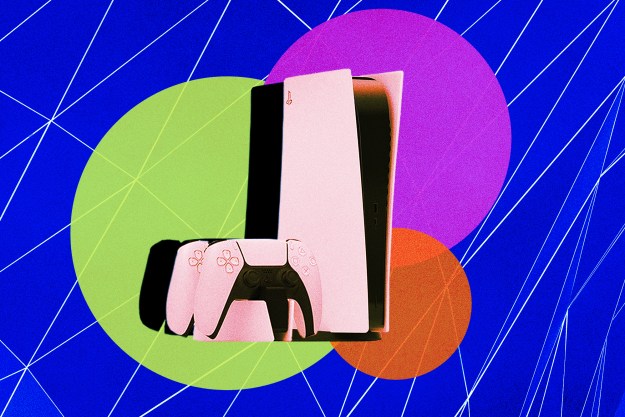The year 1995 was packed with pop-culture moments, but only one of them would change video game history forever. On September 9 of that year, Sony, a company known mostly for music players and TVs, released the PlayStation, a cutting-edge (for its time) video game machine. The console would help alter the perception of video games from kid stuff to full-blown cultural entertainment for everyone.
The last 25 years have seen countless innovations in games, including virtual reality and the proliferation of online gaming, but in 1995, things were more simple. When Sony debuted the PlayStation, it wasn’t a guaranteed success. Nintendo and Sega dominated the market. How would a newcomer make its mark?
On the eve of the release of the PlayStation 5, it’s easy to forget how pivotal the company was, and how many great moments it brought to the forefront of gaming. Here are a few.

The Metal Gear Solid Psycho Mantis boss fight
Metal Gear Solid, a stealth action game helmed by famed video game auteur Hideo Kojima, featured a boss fight so strange and interactive that it is widely hailed as one of the best boss battles ever.
Main character Snake has to face Psycho Mantis, who has the ability to “read” a player’s mind. He does this by scanning the memory card on the console. For example, if a player had a save file for Castlevania: Symphony of the Night, Mantis would mention it.
He would then ask the player to place the controller on a flat surface, and it would rumble violently. He was immune to attacks because he always knew what move a player was going to make. To defeat him, the player had to remove the controller from port 1 and place it into the other port on the console. It was the only way to kill him, and it was a completely new way to play a game.

That heartbreaking FFVII Moment
While it looks fairly quaint now, Final Fantasy VII was a game-changer when it came to story-driven, turn-based RPGs. Square, now Square Enix, typically released Final Fantasy games on Nintendo, so the PlayStation release came as a surprise.
The company was coming off the hugely successful Final Fantasy III (VI in Japan), but VII upped the ante in every category.
One of the game’s pivotal moments involves the death of Aerith Gainsborough, a character who is close with Cloud Strife, the game’s main hero. She’s a playable character in the game, so her death at the hands of bad guy Sephiroth is completely shocking.
Many players would try to avoid the death using different methods, but it was inevitable. A touching scene where Cloud lays Aerith to rest in water is succinctly poignant, and it really showed that a new level of depth in storytelling was possible in the medium.

The brave new world of Lara Croft
The Tomb Raider series debuted in 1996 and focused on exploration, giving a player space to let things unfold in their own time. It has innovative 3D level designs, full of secrets and surprise encounters with wild animals, allowing for hours of gameplay.
It also introduced the world to Lara Croft, who was a strong female butt-kicker. She was the Indiana Jones of the video game age, toting two pistols and an acrobatic skill set that would make a trapeze artist take notice. She’s a cultural icon, and this game stands out as the one that started it all.
The weird ads
To compete with the big boys in the ’90s, Sega and Nintendo, Sony needed to differentiate itself. The company ended up making some of the most memorable, if strange, video game ads ever.
PlayStation used Crash Bandicoot as a mascot, and commercials featuring a man in a Crash costume and a CGI Lara Croft were fairly common. Another ad for a Pac-Man game included Mr. T and Verne Troyer, the late actor who played Mini-Me in the Austin Powers movies.
An ad for Spyro 2: Ripto’s Rage! was shot from the point of view of a melting snowman, and a Rayman commercial showed people walking around missing vital body parts.

The dawn of the Grand Theft Auto age
Grand Theft Auto is a controversial, violent series of games, and they’re definitely not for everyone. The first two games, which debuted on the original PlayStation, were top-down affairs where a player committed crimes for points while escaping the cops.
The violence was sensational, a hallmark of the series that continues today. The ability to run over pedestrians, while shocking, added a new level of realism to gaming that wasn’t as prevalent in the ’90s.
Without these two humble starts, we might not have the wildly popular crime simulation games we have today. Grand Theft Auto and Grand Theft Auto 2 truly were game-changers, in the same way that games like Doom and Space Invaders were in their own days.
Editors' Recommendations
- PlayStation 6: release date speculation, price, specs, and more
- PlayStation trophies are finally coming to PC with new overlay
- I was a PlayStation Portal hater. Now it’s one of my go-to gaming devices
- PlayStation VR2 production reportedly paused by Sony
- Does PlayStation 5 have a web browser?




